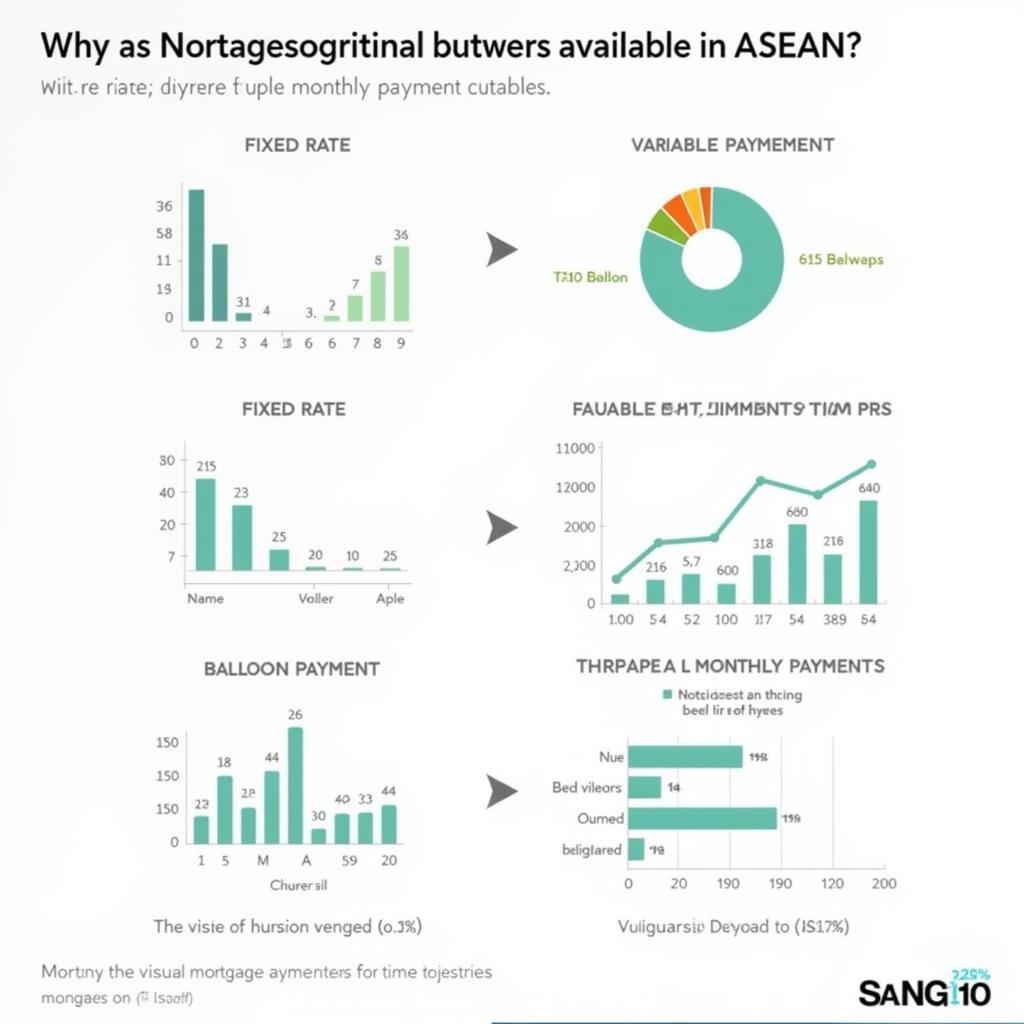The term “ASE” in chemistry doesn’t refer to a specific element or compound. Instead, it typically points to a broader concept: enzymes. Specifically, “ASE” is often found at the end of an enzyme’s name, signaling its role as a catalyst in biochemical reactions. Let’s delve deeper into the world of enzymes and understand why this suffix is so prevalent.
Enzymes: The Unsung Heroes of Chemistry
Imagine a bustling factory with countless processes happening simultaneously. Enzymes are the skilled workers within this factory, ensuring each process runs smoothly and efficiently. They are biological catalysts, predominantly proteins, that accelerate chemical reactions within living organisms. Without enzymes, many essential biological processes would occur too slowly to sustain life.
How Enzymes Work: A Lock and Key Model
Enzymes possess a unique three-dimensional structure crucial to their function. Within this structure lies an “active site,” a specific region that binds to a particular molecule known as the “substrate.” This interaction can be visualized using the lock and key analogy:
- Enzyme (Lock): Has a specific shape that only fits a particular substrate.
- Substrate (Key): The molecule that fits into the enzyme’s active site.
Once bound, the enzyme facilitates the breaking down or building up of the substrate, speeding up the chemical reaction.
The Significance of “ASE”
The suffix “-ase” acts as a linguistic clue, indicating that a particular molecule is an enzyme. Here are some common examples:
- Lactase: Breaks down lactose (milk sugar).
- Amylase: Breaks down starch into simpler sugars.
- DNA polymerase: Essential for DNA replication.
By recognizing this suffix, scientists and students can quickly identify and categorize these crucial biological catalysts.
ASE Beyond Enzymes
While “ASE” primarily signifies enzymes in chemistry, it’s worth noting that it can occasionally appear in other scientific contexts, although less commonly. For instance, “ASE” might be used as an abbreviation in specific research papers or technical documents. However, encountering “ASE” within a chemical or biological context most likely points towards the fascinating world of enzymes.
FAQs about Enzymes
1. Are all enzymes proteins?
While most enzymes are proteins, some RNA molecules called ribozymes also exhibit catalytic activity.
2. Can enzymes be affected by environmental factors?
Yes, factors like temperature and pH can influence enzyme activity. Each enzyme has an optimal range for optimal function.
3. What are enzyme inhibitors?
Enzyme inhibitors are molecules that bind to enzymes and reduce their activity. They play crucial roles in regulating metabolic pathways.
Seeking More Information?
For inquiries and assistance, our dedicated team is here to help:
- Phone: 0369020373
- Email: [email protected]
- Address: Thôn Ngọc Liễn, Hiệp Hòa, Bắc Giang, Việt Nam
We offer 24/7 customer support. You can also explore our other informative articles on our website for further insights into the captivating realm of chemistry and beyond.

